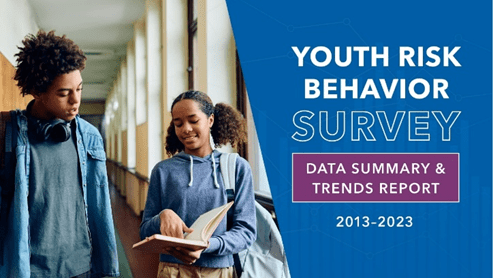CDC Unscrubbed: Health Disparities Page
The following deleted cdc.gov data was retrieved on February 20, 2025
AT A GLANCE
- Health disparities are preventable differences in the burden of disease, injury, violence, or opportunities.
- Health disparities are directly related to unequal distribution of social, political, economic, and environmental resources.
- Overcoming health disparities can improve health for all people.
Overview
Despite significant progress in research, practice, and policy, disparities persist in the health of youth.
Population categories:
- Race or ethnicity.
- Sex.
- Education.
- Income.
- Disability.
- Rurality and urbanicity.
Health disparities are directly related to the unequal distribution of social, political, economic, and environmental resources.
Overcoming health disparities can improve health for all people and promote health equity.
Factors that contribute to health disparities and affect health equity:
- Social determinants of health.
- Social and community context.
- Health care access and use.
- The neighborhood, school, and physical environment.
- Education.
- Income and wealth gaps
Why it’s important
Health disparities are related to lower educational attainment. Dropping out of school is associated with multiple social and health problems.
Did you know?
Overall, people with less education (compared to those with more education) are more likely to have a number of health risks. The risks include obesity, substance abuse, and intentional and unintentional injury.
Higher levels of education are associated with:
- A longer life.
- An increased likelihood of obtaining or understanding basic health information and services needed to make appropriate health decisions.
At the same time, good health is associated with academic success. High school students with better grades tend to have higher levels of positive health behaviors. These students also tend have lower levels of health risk behaviors.
LGBTQ+ youth face mental health challenges
The mental health of youth identifying as lesbian, gay, bisexual, transgender, queer, and questioning (LGBTQ+) is worsening.

The Youth Risk Behavior Data Summary & Trends Report: 2013–2023 brought into clear focus the level of distress many youth are experiencing. One serious concern is that LGBTQ+ youth are reporting especially high rates of poor mental health.
Schools are a vital lifeline to help students struggling with their mental health. Research has shown that when youth feel connected, they do better not just in adolescence, but into adulthood. When schools focus on creating safe and supportive environments that support LGBTQ+ youth, all youth have improved mental health outcomes.
In 2023, CDC found that:
- 65% of LGBTQ+ students experienced persistent feelings of sadness or hopelessness.
- 41% of LGBTQ+ students seriously considered attempting suicide.
These percentages are higher than those of their cisgender, heterosexual peers (31% and 13%, respectively).
See Also
YRBS Data Summary & Trends Report
Examine trend data on health behaviors and experiences among U.S. high school students.
What CDC is doing
The What Works in Schools program helps schools create safer and more supportive environments that protect student mental health. The program also supports quality health education and connects students to needed health services.
This school-based approach promotes adolescent health and well-being.
When schools use CDC’s What Works in Schools program, we see improvements in student mental health.




